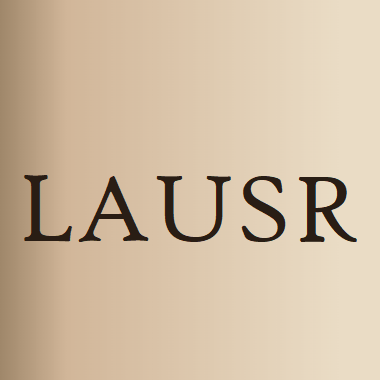
Objective To study the dynamic changes of local metrics in patients with toothache (TA, Toothache) in the resting state, in order to further understand the changes of central neural mechanism… Click to show full abstract
Objective To study the dynamic changes of local metrics in patients with toothache (TA, Toothache) in the resting state, in order to further understand the changes of central neural mechanism in patients with dental pain and its effect on cognition and emotion. Methods Thirty patients with TA and thirty matched healthy (HC) control volunteers were recruited, and resting-state functional magnetic resonance (rs-MRI) scans were performed on all subjects, and data were analyzed to compare group differences in three dynamic local indices: dynamic regional homogeneity (dReHO), dynamic low-frequency fluctuation amplitude (dALFF) and dynamic fractional low-frequency fluctuation amplitude (dfALFF). In addition, the association between dynamic local metrics in different brain regions of TA patients and scores on the Visual Analog Scale (VAS) and the Hospital Anxiety and Depression Scale (HADS) was investigated by Pearson correlation analysis. Results In this study, we found that The local metrics of TA patients changed with time Compared with the HC group, TA patients showed increased dReHo values in the left superior temporal gyrus, middle frontal gyrus, precentral gyrus, precuneus, angular gyrus, right superior frontal gyrus, middle temporal gyrus, postcentral gyrus and middle frontal gyrus, increased dALFF values in the right superior frontal gyrus, and increased dfALFF values in the right middle temporal gyrus, middle frontal gyrus and right superior occipital gyrus (p < 0.01, cluster level P < 0.05). Pearson correlation analysis showed that dReHo values of left precuneus and left angular gyrus were positively correlated with VAS scores in TA group. dReHo value of right posterior central gyrus was positively correlated with HADS score (P < 0.05). Conclusion There are differences in the patterns of neural activity changes in resting-state brain areas of TA patients, and the brain areas that undergo abnormal changes are mainly pain processing brain areas, emotion processing brain areas and pain cognitive modulation brain areas, which help to reveal their underlying neuropathological mechanisms. In the hope of further understanding its effects on cognition and emotion.
Journal Title: Frontiers in Neurology
Year Published: 2022
Link to full text (if available)
Share on Social Media: Sign Up to like & get
recommendations!